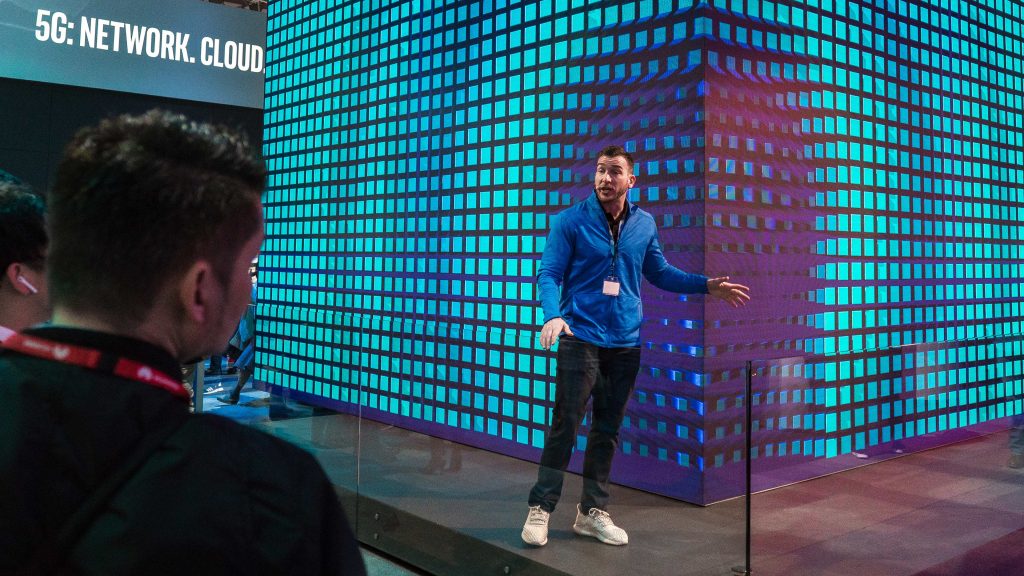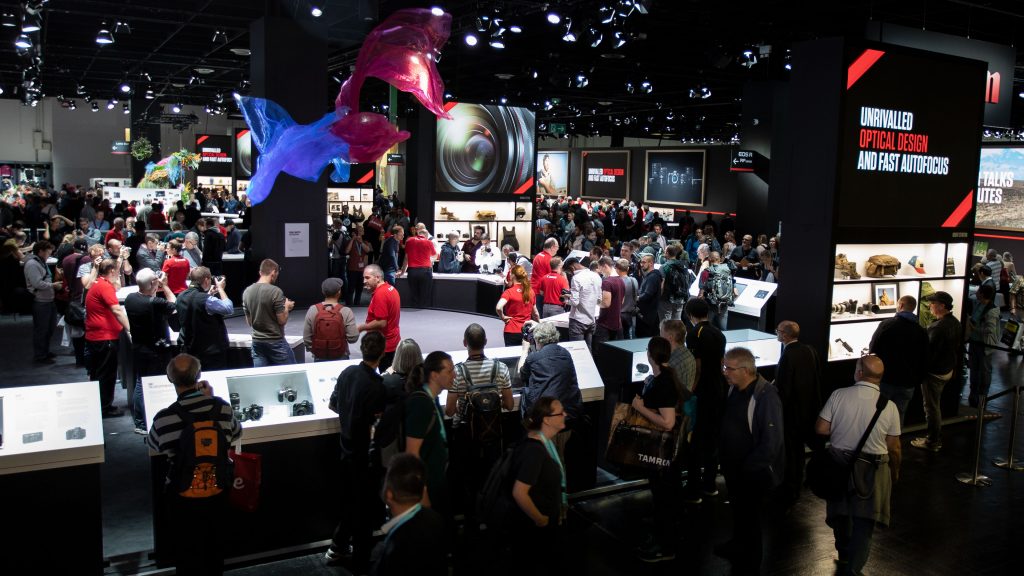Effective experiential:
Beware the PR stunt.
We’ve all been to awards ceremonies where a winner is announced, then met by a wave of collective disbelief (and the odd expletive) from the assembled throng. We all like to win - to have the agency and brand’s collaborative blood, sweat and tears recognised by peers. But what’s equally important is that winning work is creatively impactful AND that it’s effective – a clarion call to never settle for the merely good.
So what makes an award-winning brand experience? Having picked up quite a few effectiveness awards over 2LK’s 25-year history, our starting point is always the audience.
I’m increasingly weary of the stunts dubbed as ‘experiential’ – where PR takes precedence over everything else. These stunts, often from adland, seem to focus on little more than delivering content for social channels and satisfying the agency’s personal PR agenda. Strong social results are great, just not at the expense of the actual visitor experience.
And don’t get me started on the incongruous use of tech, where immersive thrills and voyages to imaginary worlds of discovery seem to be mandatory currency in today’s experience economy. Not that 2LK are Luddites. With a rich history of innovative clients like Dell, Honda, Mozilla and Oracle we’ve had a hand in some of the most technologically advanced brand experiences out there.
The key for us? Start with the story, strive for simplicity and focus on the audience. Pursue narratives that resonate with people’s needs – sometimes these will be tech-rich, sometimes not. This approach led to very different brand experiences for our clients Intel and Canon – both winners at this year’s Transform Awards Europe.

For Intel, it meant understanding the time pressures of tech-savvy Mobile World Congress visitors. Cue to our visually arresting experience anchored by ‘The Wondercube’, a dynamic expression of the power, scale and promise of 5G connectivity. An endless flow of ever-changing, generative digital content was quickly and easily absorbed by visitors throughout the event. It surpassed objectives with record numbers of attendees, a +63% surge in VIP tours and top rankings for key message alignment versus competitors.

In contrast, time-rich visitors to Photokina are there to indulge in their love of photography. We created a journey of discovery for Canon, where people immersed themselves in the groundbreaking EOS R System via installations focussing on photography enthusiasts’ passion points of art, nature and travel. This was a personal and inspiring human experience, designed to evoke wonder and reward curiosity. The result? #1 share of voice versus competitors, EOS R System trials +17% against objectives and PR interviews exceeded expectations by +87%.
In case you didn’t notice, we firmly believe that design should create powerful and transformational impact, and that award-worthy brand experiences must prove their effectiveness. It’s important to measure the influence you create, not just the things you make.
However, when it comes to defining effectiveness, one size does not fit all. It’s essential that brands and agencies work collaboratively to prioritise objectives from the beginning. That way, every design decision can be fiercely filtered against agreed targets.
Back when 2LK began, data to support claims of effectiveness was largely anecdotal, but today technological advances are transforming impact assessment. Monitoring a delegate’s emotion in real-time and analysing video content in a nanosecond to profile crowd reactions was once the stuff of sci-fi. Now it’s a breathtaking reality. Plus, share of voice stats can be a strong testament to successful experiences – when audited correctly and evaluated against the right goals.
I’d like to finish by congratulating all the other Transform Awards Europe finalists. I hope your work inspires others to set their sights even higher in the year ahead. Now that’s something we should all agree on.
Special thanks to Transform Magazine for first publishing this article on 27 March 2019, on the eve of the 10th annual Transform Awards Europe winners ceremony.
More reading:
Design Effectiveness = Data Effectiveness.
Product Demos. Tech vs Inspiration.